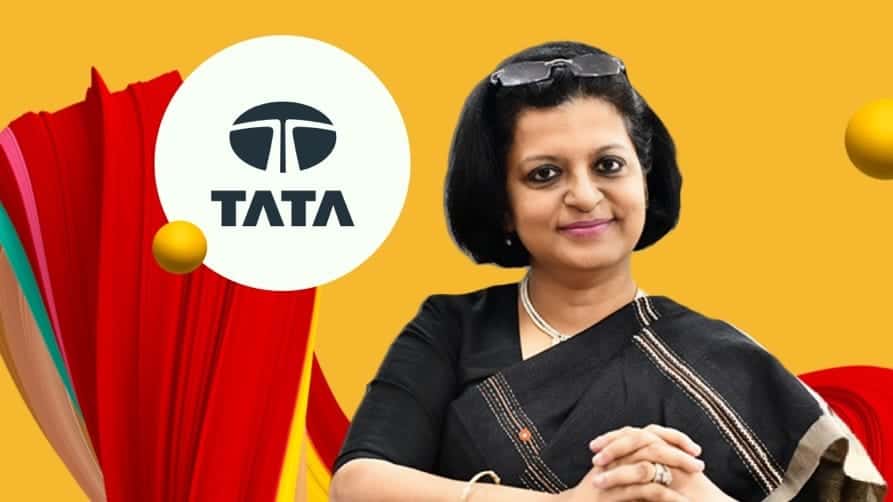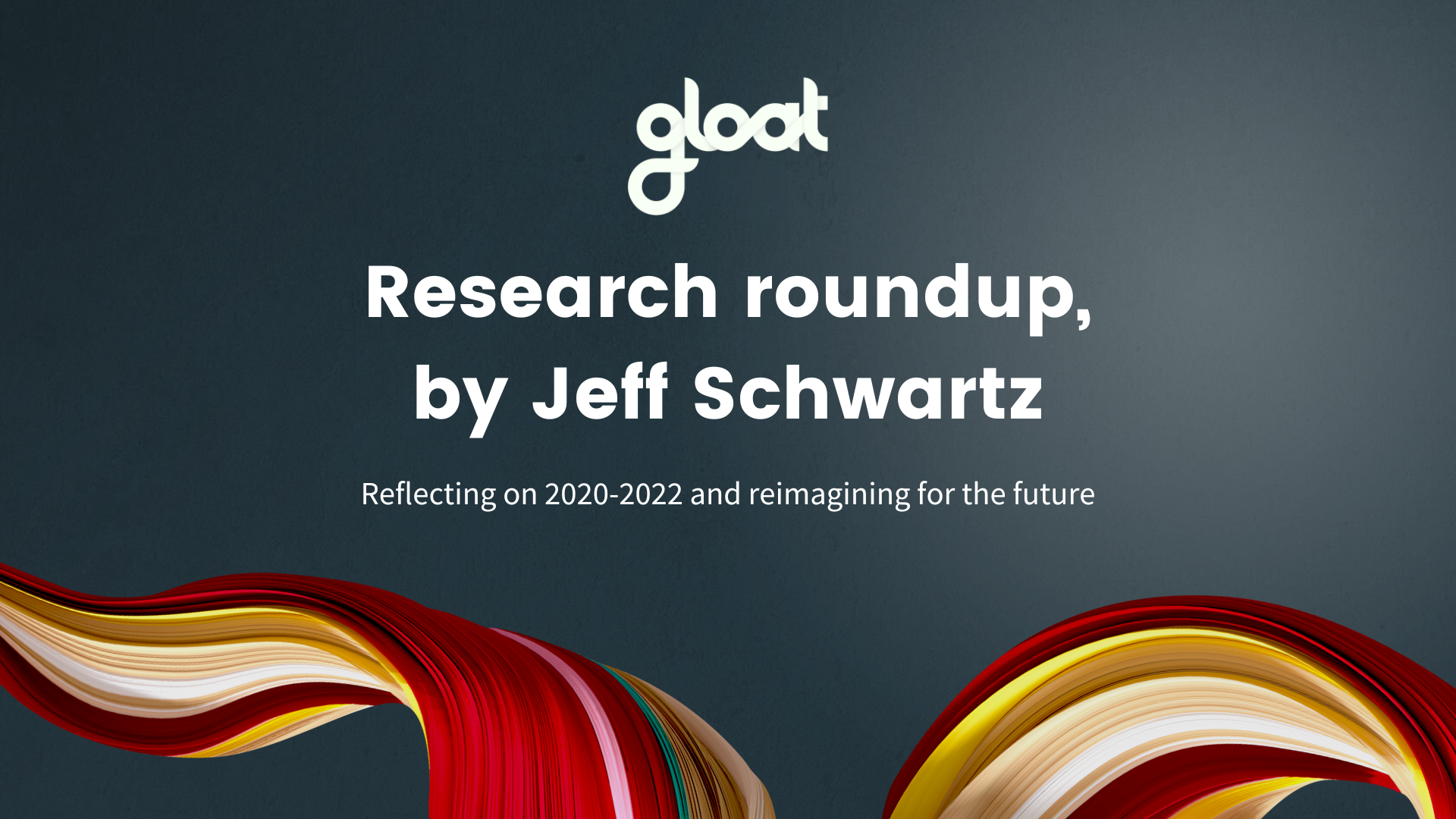Embracing a skills-based talent management strategy with Atrayee Sanyal
The best practices that transformed career growth at TATA Steel

As we approach 2022, there’s one topic that will be dominating discussions about talent management and people strategies: skills. Skills have always been the backbone of the working world, but for a long time, they weren’t something that leaders prioritized and invested in.
COVID-19 changed all of that. When businesses pivoted virtually overnight, many managers struggled to find the talent they needed to conquer new challenges. As a result, more than one in three organizations accelerated their upskilling or reskilling initiatives during 2020. And rather than fading into the background, skill building will only become more imperative as we approach the new world of work. In fact, reskilling has recently been ranked as the number one investment priority for companies across the globe.
It might be easy to understand why upskilling matters, but designing a people strategy built around skills is far more challenging. Given that only 17% of leaders believe they can anticipate the skills that their organization will need in the future, it’s clear most teams are still in the dark. However, a few pioneering enterprises are already casting a spotlight on skills, including leading steel manufacturer TATA Steel. We sat down with their Vice President of Human Resources Management, Atrayee Sanyal, to learn more about the organization’s skills-based approach to talent management, and we’re sharing the top takeaways you can use to upgrade your own people strategy.
Know What Warning Signs to Watch For
All too often, leaders don’t realize it’s time to revamp their people strategy until it’s too late. They miss the early clues that employees are disengaging and only begin to rethink their ways of working once their workforce starts walking out the door.
Rather than focusing on turnover alone, Sanyal encourages leaders to see the bigger picture and start looking at how many employees may feel like they’re stuck in their current roles. “Attrition is the last thing that you need to be worried about. You need to be worried well ahead in time as to how many people are stagnant in their level for a very long time.”
Giving your people easy access to upskilling and reskilling opportunities is one of the best ways to show them that their future with your organization is bright. Employees feel compelled to leave when they don’t see a path forward at their organization. However, there often are growth opportunities that they might be missing.
The potential of the organization and ability to gain experience is far higher than people realize. And when people don’t realize, they leave.
Give Employees the Chance to Step Up
At skills-focused organizations like TATA Steel, traditional talent management approaches have been flipped upside down. Instead of managers telling employees how they can grow and what their next career moves should be, every team member is in charge of their professional progression.
There’s no doubt that a people-led approach can inspire employees to achieve their full potential, but what does it take to motivate them to learn new things and expand their skill sets? To get the idea across to their workforce, leaders selected a telling name for their talent marketplace: stepUP. By choosing the name stepUP, TATA Steel is sending a strong message that their talent marketplace is something every employee can use to put themselves in the driver’s seat of their own career.
In describing their branding and communications decisions, Sanyal notes,
We decided to brand it as stepUP because as much as we wanted people to think that careers are horizontal and vertical, movement will not happen so easily. So the employee needs to see it as stepping up and therefore we couldn’t name it anything else but stepUP.
Grow Now, Trim Later
When it comes to unveiling a new skill-building initiative, of course you’ll need to create rules and guidelines to help people make the most of it. But Sanyal cautions against creating too many barriers to entry, especially in the early stages of your new strategy.
As she explains, “I keep telling my team, let the bush grow and let’s trim it later. And that’s my communication to most of the managers, ‘please don’t put any barriers right now. Let people experience it, there will be lots of good quality projects, so let all of that happen for the first six months. And then after that, you bring in your policies and you think about it.’”
Sanyal notes that one of the top concerns managers often have is about resources. They want to make sure they still have the talent they need to complete their high-priority projects, even as employees work more fluidly across the organization. She is quick to remind everyone that,
“We are still making the bush grow and we will make it grow for some more time and then we will bring in the cuts and make it into a nicely shaped bush, instead of trimming it right away.
Bring Everyone Along on Your Journey
A skills transformation isn’t just something HR needs to put on their to-do list. To maximize your initiative’s impact, everyone must get involved. In fact, it’s often your more junior employees who can help move the needle and convince senior executives to embrace disruptive technology like a talent marketplace. “You’ve got to have a set of young people leading the project and put them in front of leadership. Don’t let your CHROs convince your leadership. Let your young lads go and just talk to the leaders as to why they would like it,” Sanyal advises.
As TATA Steel introduced their new strategy underpinned by their talent marketplace, leaders from across the organization were encouraged to get involved and help the platform take off. “Involvement of business is very important,” Sanyal says. “When you’re building the platform and creating profiles, you can’t expect HR to follow up and say ‘now you’ve got to fill in your profile’, that will not work. The business leaders have to take ownership.”
She also explains that a little friendly competition can be a powerful motivator to incentivize everyone to participate.
“Create a competitiveness in how you go about it, it helps, and ultimately the employee gains wonders.
As our own VP of Insights and Impact, Jeff Schwartz, likes to remind us, 2022 won’t just be the start of a new year; it’s the start of an entirely new chapter. We’ll pivot beyond COVID-19 and enter a decade in which work and careers are reimagined. The leaders of tomorrow will be the pioneering organizations, like TATA Steel, that understand the transformation that is taking place and re-architect their approach to put skills at the heart of their strategy.





